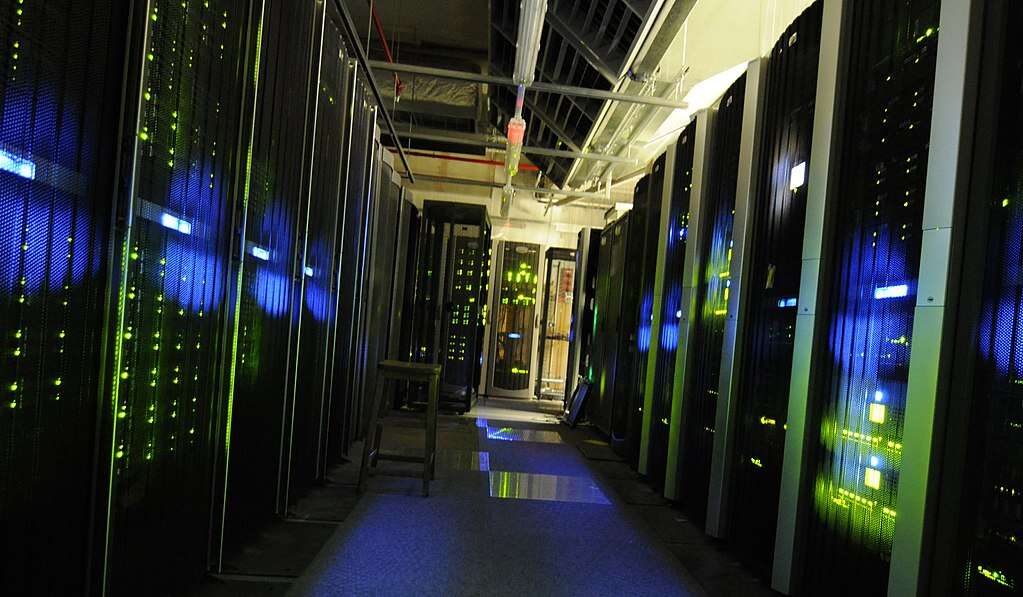
Arm has revealed details of its first 64-Bit real time processor which has been designed specifically with computational storage in mind.
The Arm Cortex-R82 will offer a 2x performance uplift on its predecessor, the 32-Bit Cortex-R8, the Cambridge chip design giant said.
Neil Werdmuller, director of storage solutions at Arm, said the processor will help meet the increasing demand for compute-on-storage solutions, where data is processed at the same location it is stored, as opposed the traditional model would see data extracted to a separate system for computing, then returned to storage.
“Computational storage is emerging as a critical piece of the data storage puzzle because it puts processing power directly on the storage device, giving companies secure, quick and easy access to vital information,” Werdmuller said.
What’s Under the Hood?

The R82, which supports Linux, comes with up to eight cores, supports 1TB of memory and optional acceleration through Arm Neon.
It also has a memory management unit (MMU) which allows it to combine physical memory space and available space on a drive to create a larger virtual memory, which can be used to increase the number of applications and amount of data being processed. It is the first Cortex-R processor to have an MMU.
Neon offers Single Instruction Multiple Data (SIMD) capability, which allows higher performance parallel processing, where the same task needs to be carried out on a number of different objects. Arm suggests this could come in handy for computer vision and deep learning, as well as audio and video processing.
How Will the New Design be Used?
Processing data where it is stored opens “huge opportunities” across applications including IoT, ML and edge computing, Werdmuller said.
He added: “This is critical in the storage use cases you might expect, such as database acceleration, meaning no movement of large files and increased security and privacy, and video transcoding where data can be efficiently transcoded or encoded for streaming, adapting different bit rates and resolutions as necessary.
“It’s also increasingly important for applications such as transportation – for example, modern airplanes generate terabytes of data a day that is usually offloaded for analysis. Computational storage offers airlines real-time analysis of this data on the drive, so when a plane lands, they can ensure it’s safe for the next flight in 30 minutes or less, enabling faster turnaround and better safety for passengers.”
Read More: New Arm GPU Package Packs a Punch






